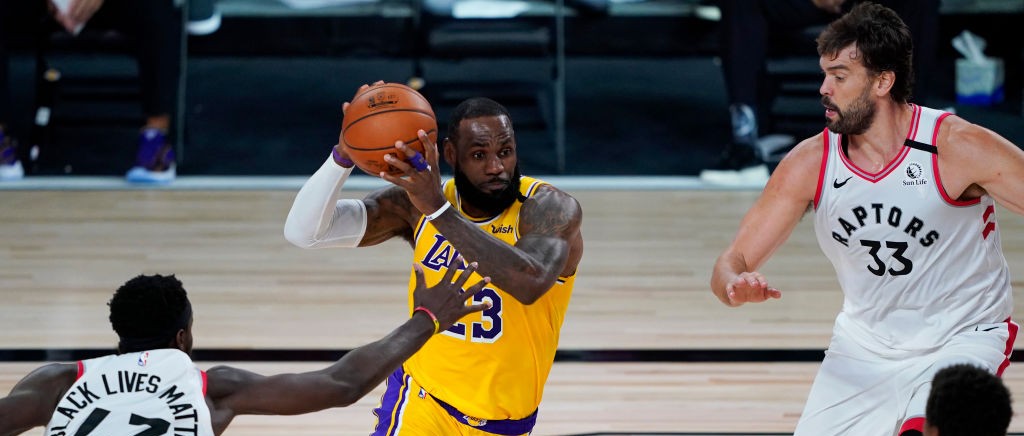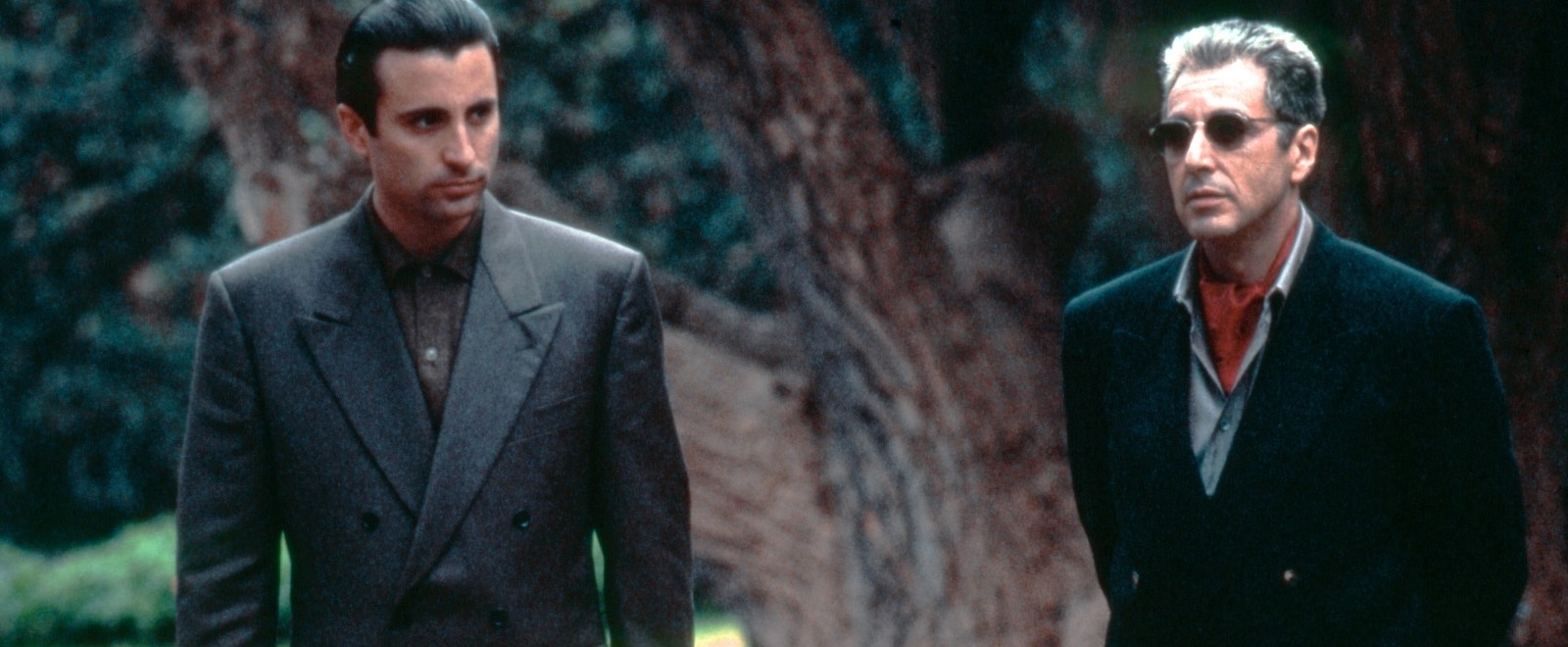
The Godfather Part III has a very strange place in popular culture. It was nominated for an Academy Award for Best Picture, yet its historical legacy is, basically, “a disappointment.” And this seems to stem from two distinct events: the first is that The Godfather Part III isn’t the masterpieces that the first two movies are. And the second reason is also nominated for Best Picture that year was Martin Scorsese’s Goodfellas, which just relentlessly zips along and ushered in a modern way to make mobster movies, while The Godfather Part III felt a little “old fashioned.”
What makes it more of a perceived afterthought it when AMC plays those Godfather marathons that are impossible not to get sucked into, they rarely play the third chapter. So just by osmosis most people have seen the first two chapters numerous times, while the third chapter remains somewhat of a mystery. (I actually know people who have just never seen the third movie because they have heard “it’s bad.”)
Back in March I rewatched The Godfather Part III and found myself really enjoying it. It’s certainly not a bad movie. So much so, that back in June when I spoke to Talia Shire about Rad she kind of prematurely spilled the beans that Francis Ford Coppola was working on a new cut of the movie, which wound up using the original title Coppola always wanted, The Godfather Coda: The Death of Michael Corleone. The Goodfellas style of story certainly hasn’t waned, but, today, The Godfather Part III style doesn’t feel “old fashioned” anymore. It’s “aged well,” as they say. Anyway, the thought of a new cut of the film that can make it even better sounded very appealing.
So here’s what I did: When the new Blu-ray of The Godfather Coda: The Death of Michael Corleone arrived, I watched it in its entirety. And it looks beautiful. (I later figured out a big reason why, I’ll get to this in a bit.) The thing is, I’m not so familiar with The Godfather Part III that I could immediately spot all the changes, but I felt more immersed than I ever had before, but couldn’t quite put a finger on why. It’s noticeable that the movie has a new opening scene and the closing scene has been edited, but beyond that, I wasn’t quite sure other than, “I enjoyed my experience watching the new cut.” It’s admittedly dense plot seemed more accessible.
So, after watching it through the first time, I took a copy of the new cut and put it on a screen next to a copy of the original cut, and then I hit “play” and took note of all the changes. Ahead is was I noticed, but be warned there are spoilers for both versions of this movie ahead:
Well right off the bat it’s noticeable that the new version of the film has a new, more modern-looking sheen to it. Gone is that “’50s style” golden look that didn’t make a lot of sense for a movie set in the 1970s. And I think the new look works to Coppola’s desire to separate this film from the other two installments. The new cut opens with Al Pacino’s Michael Corleone meeting with Archbishop Gilday at Gilday’s New York City office discussing Michael’s desire to give the Vatican $600 million for shares of Internazionale Immobiliare. So, right off the bat we get to the heart of the plot of the movie – Michael’s desire for a legitimate enterprise – as opposed to the original version when this scene happens a full 40 minutes into the film. Gone is pretty much everything in the original cut’s opening, which includes a flashback to Fredo’s murder, followed by Michael’s ceremony at the church. In the new cut, we go straight from Michael’s meeting with Archbishop Gilday to the ceremony’s afterparty. This does two things which greatly helps the film: It established the plot right away, as opposed to 40 minutes in wondering, “wait, what is this thing now Michael is doing with stock?” It also introduces Andy Garcia’s Vincent earlier in the film, which makes him seem more important right off the bat.
What’s surprising is just these changes alter the film dramatically. Because what follows is not that much is different. Obviously, with the meeting where we learn Michael’s intentions opening the film, the new cut goes straight from Michael having a business breakfast straight into the press conference.
The next major change is, after the massacre in Atlantic City (the sound mix on this is incredible), the scene in which Neri and Talia Shire’s Connie tell Vincent to take out Joe Mantegna’s Joey Zasa has been cut all together. (After the hit in Little Italy, we learn of this meeting simply by Michael (in the hospital after his stroke) being mad about it and telling the three to never do that again.) Also, when Kay (Diane Keaton) visits Michael in the hospital, the scene ends after his son Anthony says goodbye. The original cut then has another scene in which Don Altobello shows up and tries to convince Michael to drop this whole Internazionale Immobiliare stock thing. Rewatching that scene, it’s all a little too obvious what Altobello is up to here and it’s really not needed.
From here on out there are only a few minor changes, not counting the ending. When Michael has his confession, the scene where Don Tommasino is carried out of the car and put into a wheelchair is now gone, as it leads straight into Michael’s conversation with future pope Cardinal Lamberto. The next change happens right before Michael and Mary (Sofia Coppola) are shot outside the opera by the hitman, Mosca. It feels like some beats are cleaned up with there being one less scene of Mosca’s son (the guy who makes the donkey noises) before the shot is fired.
Then there are some fairly big changes to the ending. After Mary is killed, the original cut flashes back to Michael and Mary dancing at the party. Then there are further flashbacks to the prior films. In the new cut, the flashbacks to Mary remain, but all the scenes from the prior films are taken out. Instead, we are taken to “old Michael” a little earlier as we see him from a distance for a longer period of time. Both cuts of the film now show us a closeup of Michael’s face as he puts on his sunglasses. The new version fades away here, and goes to the newly inserted quote, “When the Sicilians wish you ‘Cent’anni’… it means ‘for long life.’ … and a Sicilian never forgets.” The original version, as you probably remember, after Michael puts on his sunglasses, we get a wide shot of him slumping, then falling out of his chair, dead. It’s, to put it bluntly, pretty clumsy looking. So that, thankfully, is gone.
It’s pretty remarkable what just a few changes can make. Honestly, I found myself pretty stunned by the lack of changes. Watching the new cut, it had the feel of a completely different movie. The new opening scene changes the whole tone from, “we are reflecting on the prior movie,” to, “Hey, Michael has a deal to make and here’s what he wants to accomplish.” It makes the whole movie feel like it has a better sense of urgency. It feels less like the whole business enterprise is just something Michael is up to while he mourns killing Fredo and losing Kay. It feels like, now, that’s the plot of the movie and every subsequent scene makes more sense establishing this early.
The truth is, The Godfather Part III has always been a good movie. Circumstance had more to play with its legacy than the movie itself. But with what are some really minor tweaks, Coppola has given his now “Coda” new life. I hope people who were always hesitant to watch it a chance. No, it’s not on the level of the first two films, but those movies are miracles. The Godfather Coda: The Death of Michael Corleone isn’t a miracle, but it’s a pretty great film that’s just been made quite a bit better.
‘The Godfather Coda: The Death of Michael Corleone’ will be releaed on December 8th. You can contact Mike Ryan directly on Twitter.


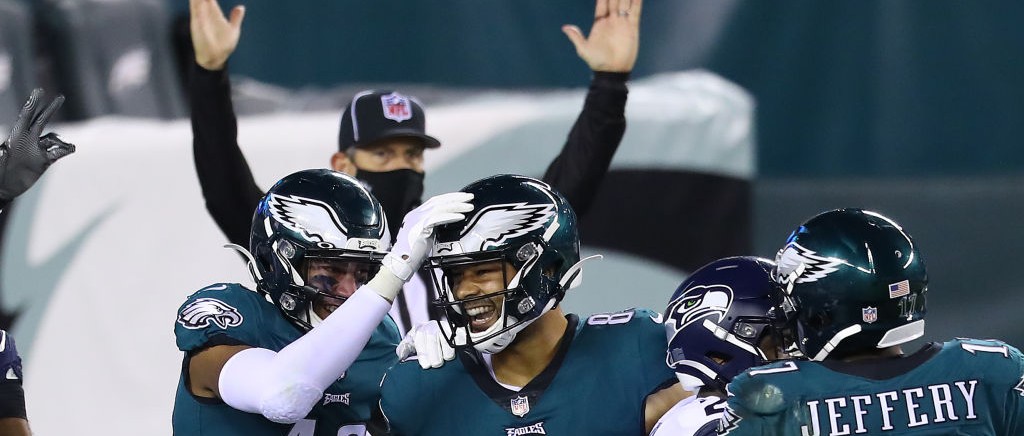
 :
:  : NFL app // Yahoo Sports app:
: NFL app // Yahoo Sports app:  $500K BET ON THE SEAHAWKS
$500K BET ON THE SEAHAWKS 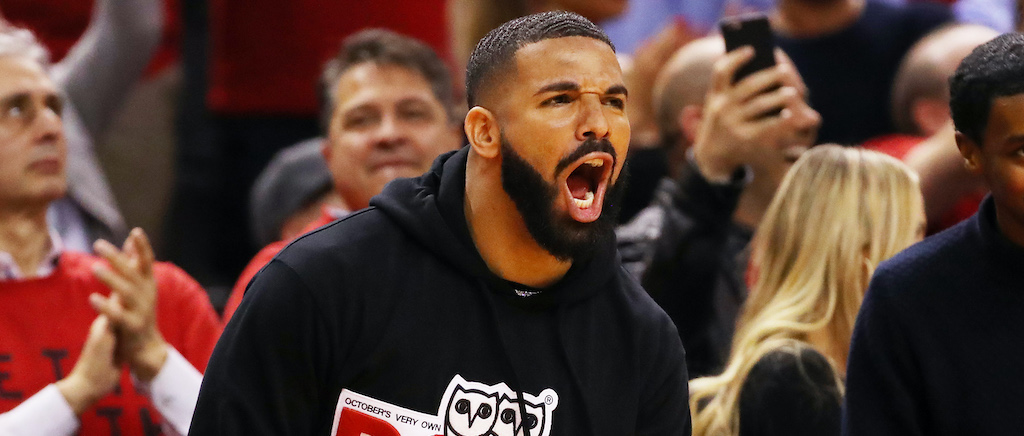
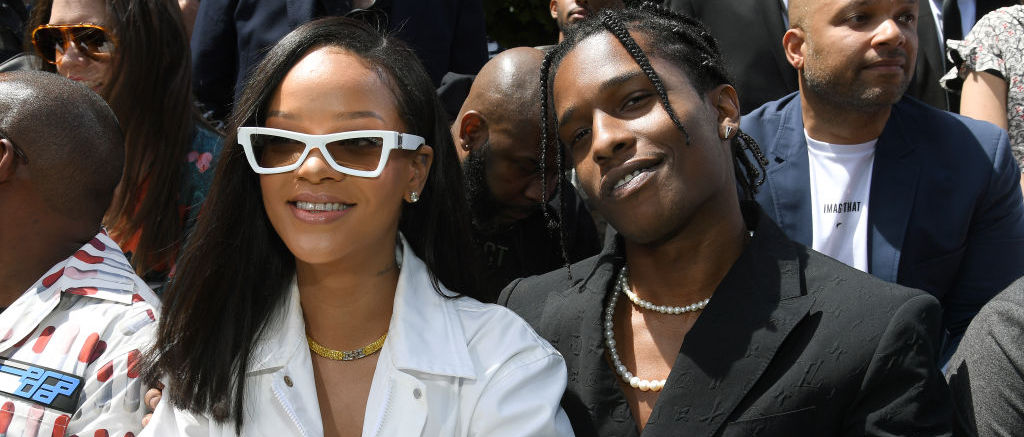
 (@Brittttne)
(@Brittttne)  (@treceswife)
(@treceswife)  .
.  (@thoughtfulbae)
(@thoughtfulbae) 
 (@Amy_Siskind)
(@Amy_Siskind) 
